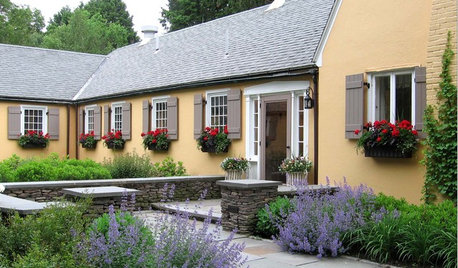Laying stepping stones on non-flat surface
well_drained
18 years ago
Featured Answer
Comments (15)
gottagarden
18 years agowell_drained
18 years agoRelated Professionals
Folsom Landscape Architects & Landscape Designers · Prairie Ridge Landscape Architects & Landscape Designers · Roosevelt Landscape Architects & Landscape Designers · Saint Charles Landscape Architects & Landscape Designers · Woodinville Landscape Architects & Landscape Designers · Bergenfield Landscape Contractors · Fort Worth Landscape Contractors · Hickory Hills Landscape Contractors · Huntley Landscape Contractors · Madera Landscape Contractors · Crowley Landscape Contractors · Bonney Lake Fence Contractors · Green Valley Fence Contractors · Tulsa Fence Contractors · Wilson Fence Contractorslisa03
18 years agokarinl
18 years agolisa03
18 years agoFrankie_in_zone_7
18 years agogottagarden
18 years agolisa03
18 years agoFrankie_in_zone_7
18 years agowell_drained
18 years agoL A
8 years agoMike McGarvey
7 years agoM J
4 years agoHU-228724000
3 years ago
Related Stories

LANDSCAPE DESIGN7 Questions to Ask Before Laying Stepping Stones
These broken-up pathways invite you to put a spring in your step — while adding functionality to the garden
Full Story
KITCHEN COUNTERTOPSKitchen Counters: Granite, Still a Go-to Surface Choice
Every slab of this natural stone is one of a kind — but there are things to watch for while you're admiring its unique beauty
Full Story
GARDEN STYLESLay of the Landscape: 12 Elements of Provence Garden Style
With their lavender fields, stone walls and meandering pathways, the gardens of Provence brim with charm and beauty
Full Story
MOST POPULAR10 Strategies for Keeping Surfaces Clutter-Free
The universe wants your coffee table to become a clutter magnet — but you can fight back
Full Story
MATERIALSShape Up Your Surfaces With New Tile Textures and Forms
Take your walls and floors to a different dimension with innovative sculptural tiles, as shown at the 2013 Coverings expo
Full Story
KITCHEN DESIGNKitchen Countertops 101: Choosing a Surface Material
Explore the pros and cons of 11 kitchen countertop materials. The options may surprise you
Full Story
BATHROOM DESIGNBathroom Surfaces: Ceramic Tile Pros and Cons
Learn the facts on this popular material for bathroom walls and floors, including costs and maintenance needs, before you commit
Full Story
BATHROOM WORKBOOKA Step-by-Step Guide to Designing Your Bathroom Vanity
Here are six decisions to make with your pro to get the best vanity layout, look and features for your needs
Full Story
LANDSCAPE DESIGNLay of the Landscape: French Garden Style
Symmetry and geometry define this decorous landscape style, appropriate for both grand gardens and intimate spaces
Full Story
LIVING ROOMSHow to Decorate a Small Living Room
Arrange your compact living room to get the comfort, seating and style you need
Full Story






Tim Holloway